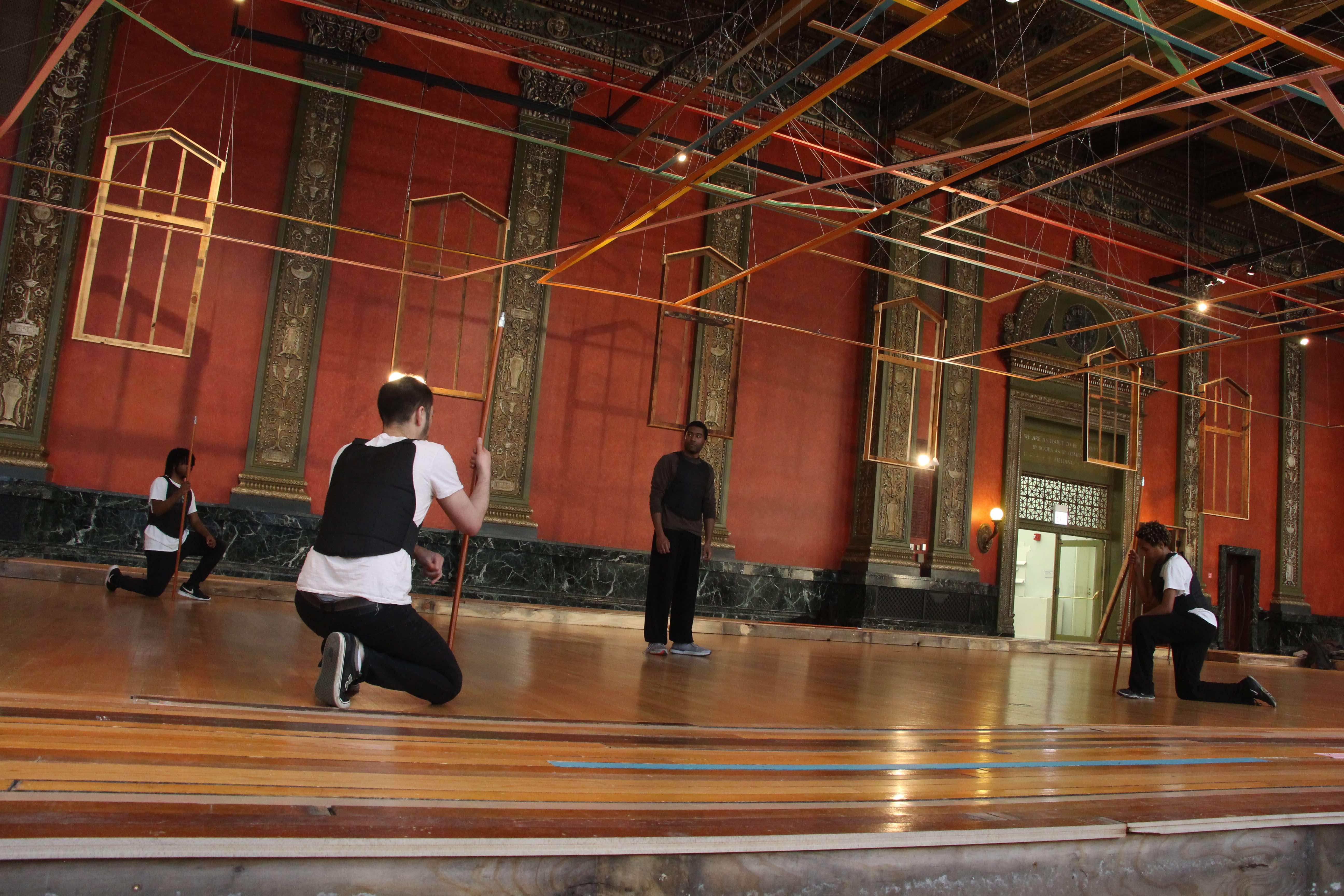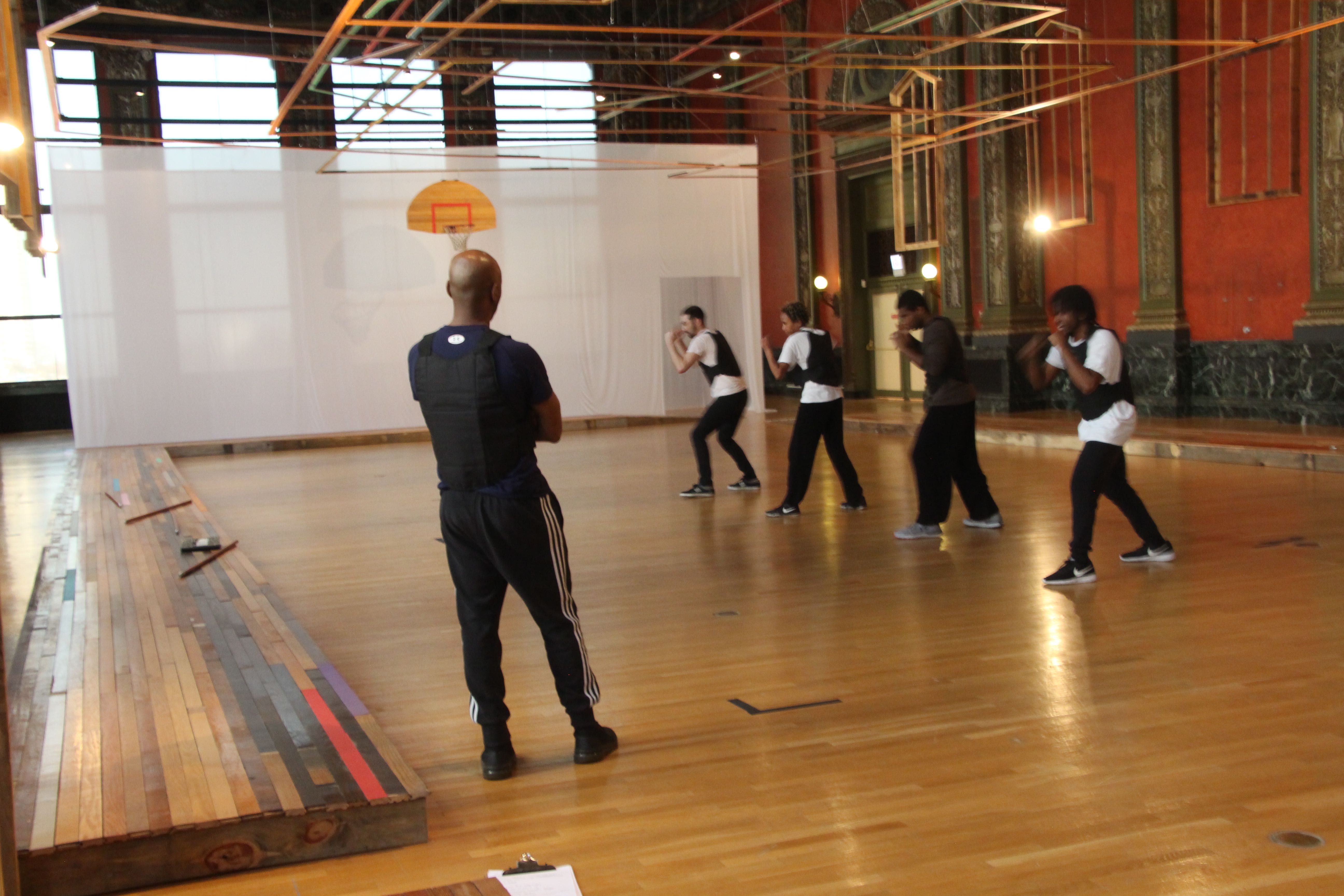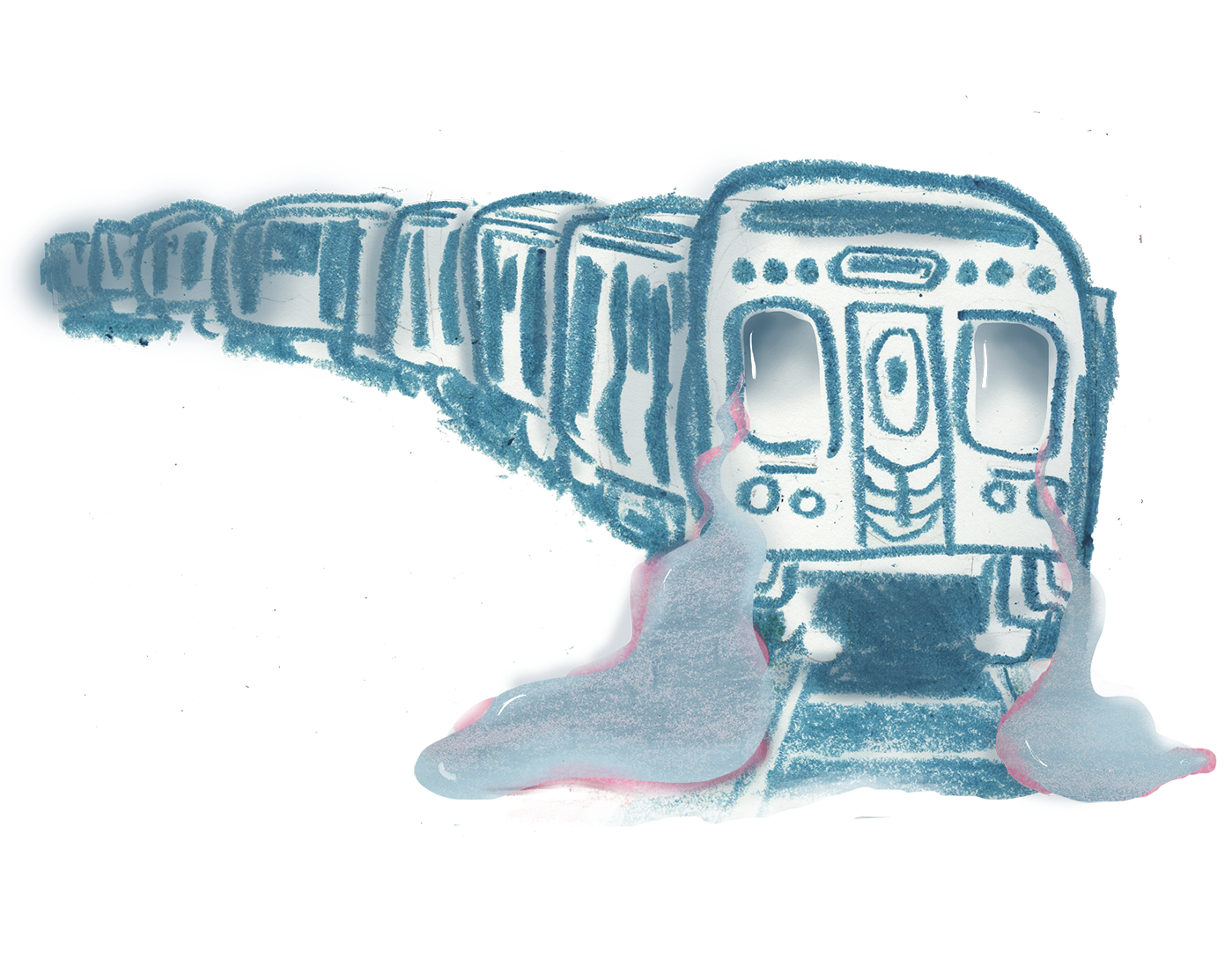
After World War I, decorated African American soldiers returned to the United States to face Jim Crow laws. Discrimination was nothing new, but 1919 was a year when racial tensions were particularly high, culminating in multiple nationwide riots collectively known as the Red Summer.
One of the largest riots happened in Chicago after July 27, 1919, when African-American teenager Eugene Williams crossed into the “white” side of the city while swimming in Lake Michigan. White men pelted him with stones. Eugene Williams drowned. The ensuing riots caused the deaths of 15 white people and 23 black people, as well as leaving 500 injured and 1,000 black families homeless after their houses were burned down.
To commemorate its 100th anniversary, artist and SAIC Sculpture Professor Jefferson Pinder, who was recently appointed Interim Dean of Faculty and Vice President of Academic Affairs, will shed light this summer on the historical moment. The series of performances, titled “This Is Not A Drill,” will be presented in various cities, mostly in the American South.
Pinder — who became a Guggenheim Fellowship Recipient in 2017 — focuses his interdisciplinary practice on performances, video work, and objects that respond to historical and cultural representation in the African-American experience. In his work, Pinder often explores the idea of working one’s body through exhaustion.
This idea will appear in the cycle’s initial piece, inspired by Chicago performance collective Goat Island’s 1996 work “How dear to me the hour when daylight dies,” which touched on themes such as violence, loss, and mourning with constant, physically demanding actions. Pinder’s first piece in the series — to be performed May 10 and 11 at the Chicago Cultural Center — delves into the militarization of black and brown bodies.
In an interview with F Newsmagazine, the artist explained his motivations behind this summer-long project. A Marine veteran himself, Pinder assembled a group of performers, including other veterans, to explore the creation of a militia as they revisit sites of historic racial conflict. The goal is to investigate how much — or how little — the situation in these places has changed.

Luis Lopez: What events inspired the “This Is Not A Drill” performance?
Jefferson Pinder: One hundred years ago, there was a vicious race riot that happened here in Chicago, and it’s amazing how few people know about it. There’s an interesting collapsing of time between events where there’s a lot that has changed, but not as much as you may think. Eugene Williams was this young kid who was swimming [in Lake Michigan], and when he floated across this invisible line from the black section to the white section he was stoned to death. And it led to two weeks of race riots that people don’t talk about, but this really defined African American existence in the city of Chicago.
So I put in a proposal for the Guggenheim Foundation, letting them know that I really wanted to do a road trip. I designed the trip to encounter locations and sites in which there was violence [that] summer, when there were 40 uprisings and many more lynchings. There were vets coming back from World War I, and I started thinking about militarization, but a lot of these incidents related in particular to black men and white women. So while there was this increased knowledge of the power of black masculinity, the social structures that wouldn’t allow any kind of interaction with white women remained.
LL: How did you incorporate the idea of militarization into the piece?
JP: I wanted to use this as an opportunity to prepare the people that are going to work with me in the South. So I started thinking, “How do you become militarized? We’re going to have to train with the same discipline and rigor as the indoctrination process of any branch of the military.”
So I started pulling in people. At first I thought it was awkward because there’s a weird kind of nationalism that is sometimes associated with something like this. But actually, every major black militant movement was initiated by soldiers coming back from fighting and then having to deal with discrimination, with actual injustice, when it comes to race. In these moments, when [these soldiers] are trained, they’re weaponized physically. They’re taught particular things that become engrained, and they’re not easy to let go. So when you’re in stress, you go back to your training.
And as much as I think the piece is going to have artistic merits, it’s also about training a group of people for what to do when someone lays their hands on you. We’re kind of venturing into this idea of what empowerment looks like, and how we can take this collective trauma and use it as motivation and inspiration to make something new.
LL: In this piece, would you explore how the militarization of black and brown bodies might be perceived as threatening to white audiences?
JP: I think the threat is there regardless of the militarization. Just being a black man or a person of color walking down the street is perceived as inherently threatening. We’re just bringing out the light and letting individuals know that there is training involved in any kind of discipline, and trying to associate that training with the aesthetic qualities of a performance company like Goat Island.
When I saw “How dear to me the hour when daylight dies,” I loved the particular precision of it. And I wondered, “What would that look like with black bodies? Jesus, that would be kind of a threat, wouldn’t it?” It’s just like a congregation of individuals. When we had a rehearsal there were six or seven people, and we were doing absurd exercises. But because we’re all people of color, I think people may have perceptions that we’re congregating for other reasons, and I kind of like that slippage — that as much as this is a performance piece, it’s also about reality, and you can’t separate the two.
LL: Could you tell me more about your plans for the summer? Where will you be taking this performance?
JP: [We’re going to] Washington D.C., where there was an uprising in the area, which is now, I guess, the northwest part of the city, right near Capitol Hill. And then we’re going down to Birmingham, and after that probably New Orleans.
Then we’re going to Houston, where a company of army people stationed right outside of Houston were being actively abused by the police, until one fateful day when soldiers were mercilessly beat by police. The whole company took this four-mile march from Camp Logan into downtown Houston. They were to go to the police station, and they never made it. That is probably the best example of a weaponized group of individuals that weren’t going to be hindered or held back, but unfortunately it was tragic.
The last piece I’m going to do is going to be back here in Chicago. It’s a piece called “Float,” and it’s going to happen on July 27 — the day Eugene Williams was killed. We’re going to get as many different people out in the water and we’re going to float in Lake Michigan. It’s going to be a really quiet, meditative moment, a zen experience of getting over 100 people on flotation devices and putting them together.







